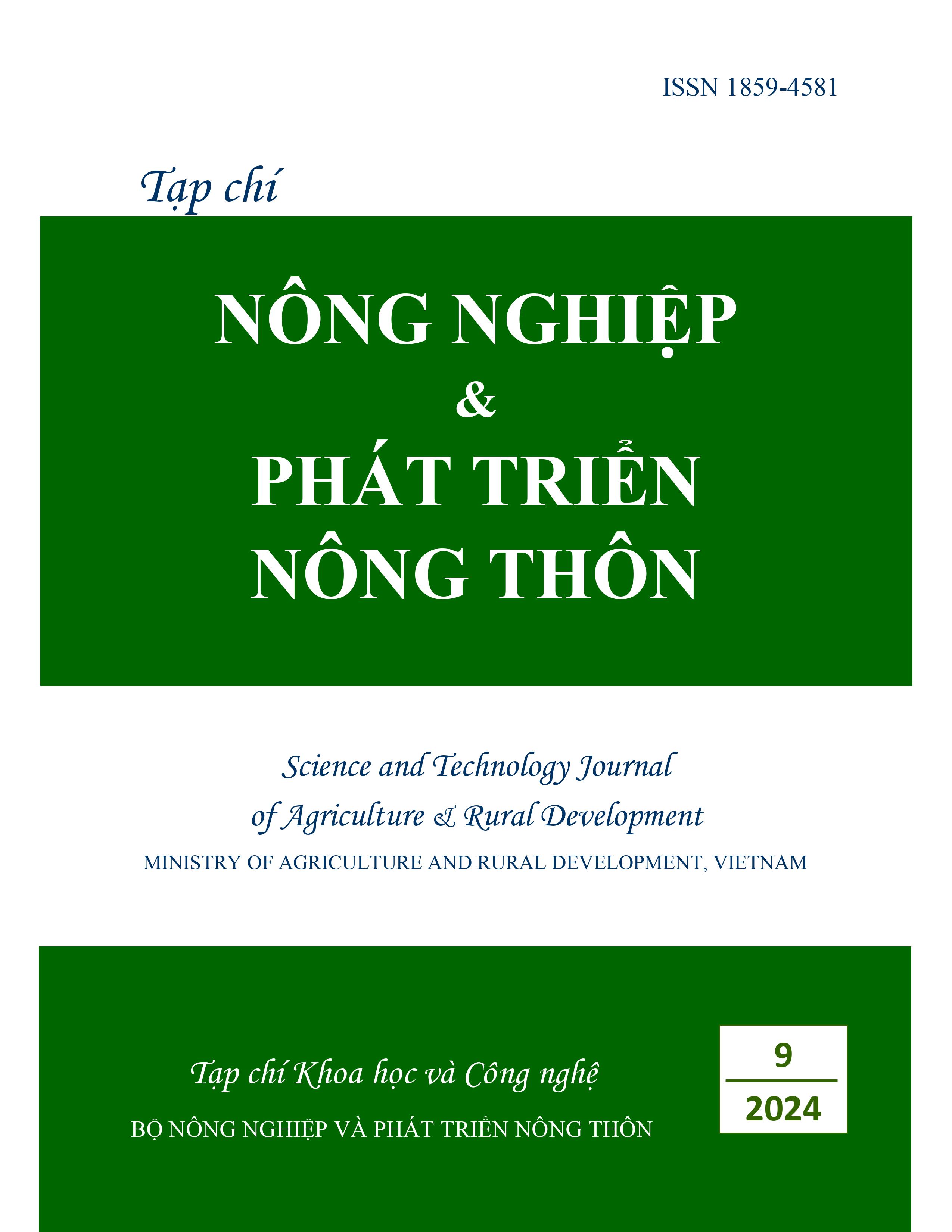SELECTION AND INVESTIGATION OF OPTIMAL FERMENTATION CONDITIONS FOR YOGURT BY THE LACTIC ACID BACTERA ISOLATED FROM GUAVA FRUIT (Psidium guajava L.) IN DONG THAP PROVINCE
DOI:
https://doi.org/10.71254/01jc6x94Keywords:
Antibacterial, fermentation, isolation, lactic acid bacteria, yogurtAbstract
The study aimed to isolate lactic acid bacteria strains and investigate the optimal conditions for application in yogurt fermentation supplemented with guava fruit juice. The research results isolated seventeen strains of lactic acid bacteria from guava in Dong Thap province. Colonies of all bacterial strains have had milky white, tissue buoyancy, intact covers, ability to decompose CaCO3. Cells of bacteria strains have Gram-positive, rod or oval shape, non-motile, unable to produce indole, negative for catalase and oxidase tests. The study selected the DTa2 bacterial strain with high lactic acid production ability and resistance to Escherichia coli bacteria with an antibacterial ring diameter of 12.33 mm. When applying the DTa2 bacterial strain to ferment yogurt supplemented with 8% guava fruit juice, the ratio of fresh milk and condensed milk is 2, bacterial density 7 logCFU/mL under pH 6.0, fermentation temperature and fermentation time of 30ºC for 16 hours conditions that give the highest sensory value of 14.17/15 points according to TCVN 7030:2002. The DTa2 bacterial strain was identified as the Lactococcus lactis strain with 99% similarity when compared on the NCBI gene bank.






